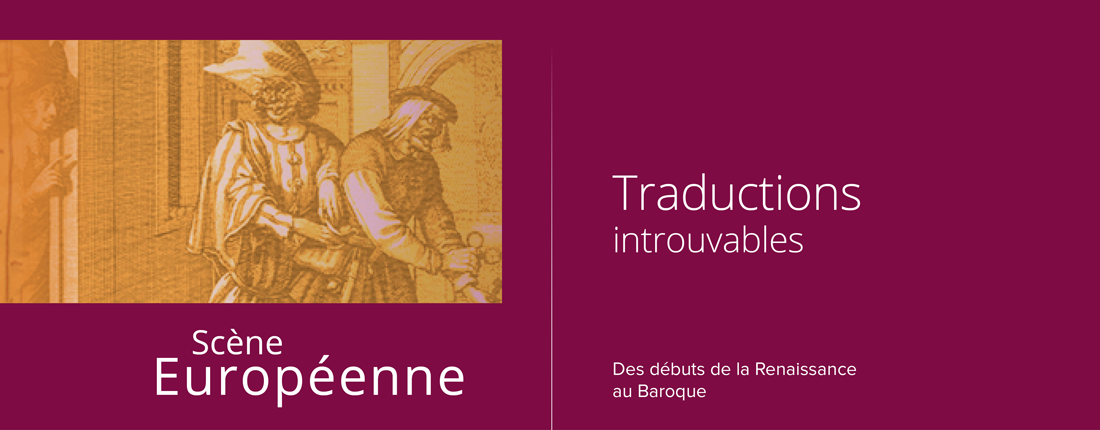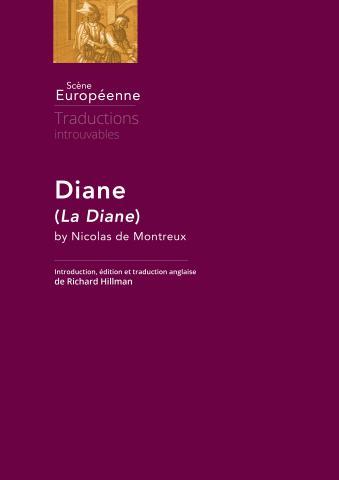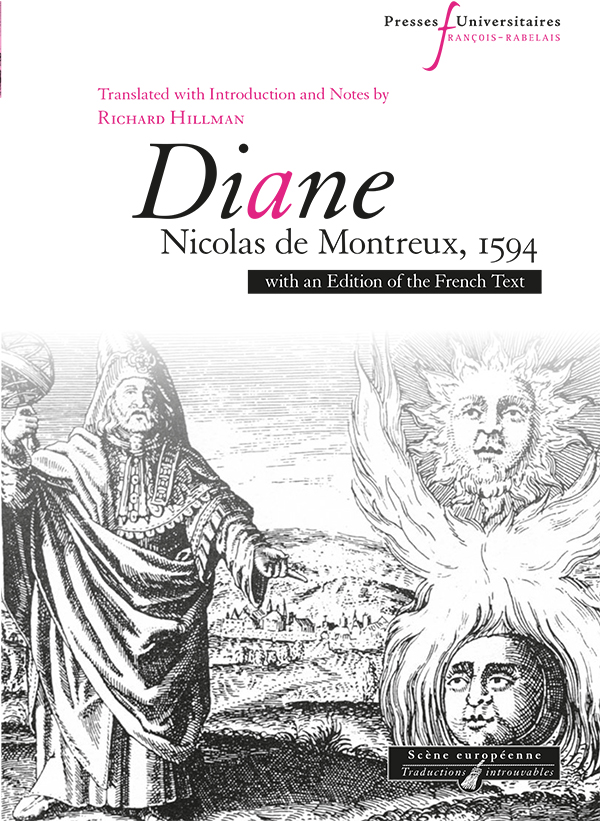

Publication CESR. Tous droits réservés. Les utilisateurs peuvent télécharger et imprimer pour un usage strictement privé cette unité documentaire. Reproduction soumise à autorisation.
Nothing is known of the stage history (on the reasonable presumption that it had one) of the dramatised pastoral fable that Nicolas de Montreux (as always under his anagrammatic pseudonym of “Olénix du Mont Sacré”) appended to the third volume of his popular Bergeries. The latter are pastoral romances mingling prose and verse on the model of the extremely popular Diana of Jorge de Montemayor. Nevertheless, the play so entitled shows at least as much influence of the recent Italian pastoral drama: Torquato Tasso’s Aminta, Giovanni Battista Guarini’s Il Pastor Fido), as well as, arguably, the commedia dell’arte. It is highly theatrical, moreover, to the point of pushing towards comical exaggeration the conventional devices and attitudes it deploys to illustrate its (inevitable) theme: the disruptive power of love. Inevitably, too, that power is finally aligned with the higher one that brings harmony to the universe. Magical intervention is the means, and multiple marriage is the end. The overlap with Shakespeare’s contemporary romantic comedies, especially A Midsummer Night’s Dream (1595-96), provides a particular reason for translating Montreux’s work into English. At the same time, it has seemed useful to furnish an edition of the French text, which has not been republished since Montreux’s era.
On ne sait rien de la représentation (si, comme probable, elle a été représentée) de la « fable bocagère » dramatisée que Nicolas de Montreux (comme toujours s’identifiant comme « Olénix du Mont Sacré ») a mise en annexe au troisième volume de ses Bergeries assez populaires. Ces dernières consistent en des romans pastoraux qui mélangent la prose et le vers, à l’instar de La Diane de Jorge de Montemayor, très apprécié. Néanmoins, la pièce ainsi intitulée témoigne autant de l’influence du théâtre pastoral italien : l’Aminta du Tasse, Il Pastor Fido de Giovanni Battista Guarini), ainsi que (semble-t-il) de la commedia dell’arte. En effet, c’est un texte hautement théâtral, jusqu’au point de pousser vers l’exagération comique des éléments d’intrigue et d’attitude déployés pour illustrer son thème incontournable : le pouvoir de l’amour de chambouler tout ordre humain. Mais incontournable aussi est le dénouement réconciliant ce pouvoir avec celui plus haut qui apporte de l’harmonie à tout l’univers. L’intervention magique s’avère le moyen, alors que la fin en est le mariage multiple. Le chevauchement avec les comédies contemporaines de Shakespeare, surtout Le songe d’une nuit d’été (1595-1596) , constitue une raison particulière pour traduire l'œuvre de Montreux en anglais. En même temps, il nous a paru utile de fournir une édition du texte français, inédité depuis l’époque de l’auteur.
Sommaire
- Introduction
- Édition du texte français
- Traduction anglaise

Traduction disponible en version papier et mise à jour (Publié le 6 décembre 2018)
> sur le site des Presses Universitaires François-Rabelais